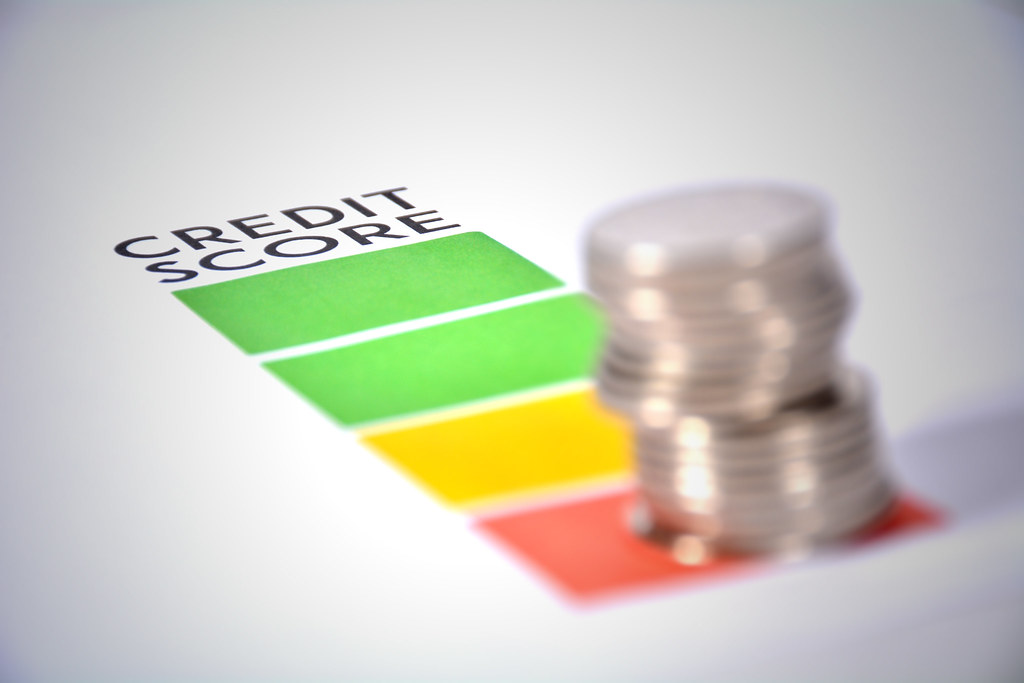When you are trying to apply for an immediate personal loan, lenders also access your credit report. This lets the borrower evaluate the willingness to repay the loan. They therefore judge whether it is risky or not to extend credit to you. Since a view of your credit history is given by your credit report, it is important to know how to read and make sense of it. You can boost your credit score in this way and access funds more easily.
What does your credit report contain?
- CIBIL score
Your CIBIL score can be found on your credit report first and foremost. This score is a numerical representation of your credit history and it ranges from 300 to 900 for a CIBIL credit score. Here, the lowest credit score is 300 and the highest score that you can get is 900. On the ‘Accounts’ and ‘Enquiry’ portion of your CIBIL report, your CIBIL credit score is focused. It means that you don’t have a credit history or don’t have enough credit history to merit a score in an instance where you see ‘nH’ or ‘NA’ instead of a three-digit number. Another explanation may be that in the last few years, you have not had any recent credit activity.
- Personal information
Your personal information, such as your name, date of birth and sex, is included in this portion of your CIBIL report. Your tax ID or PAN, passport number, voter ID and driving license data are listed in the identification section. TransUnion CIBIL gathers this knowledge and consolidates it from different sources.
- Contact information
Details like your telephone number, address, mobile number and email address are given here. These are categorized by address type: home, office, permanent or temporary. Also, as part of your contact information, you can list up to 4 addresses and email addresses.
- Employment information
Details about your work profile and your salary can be found here. In most situations, this data is what you have given in the past when applying for credit. This data is then transferred to CIBIL by the lenders.
- Account information
As it talks about all your credit cards and loan information, this section is one of the most significant ones. Further information is also given, such as the name of the lender, the form of credit used, the type of application (single or joint), the size of the loan, the date of the last payment, the current balance and the outstanding amount. Basically, all the credit-related data for the past 36 months can be found here. If you see a red-outlined box above the details for the account, this means there is an open dispute about that section. Once the conflict is settled, the box will disappear. As per the final details given by the lender, it is also possible for the information to remain as it is.
- Enquiry information
The amount of enquiries you have made for credit can be seen here. The specifics in this section include the names of the lenders, the loan application date and the sum of credit. The form of loan that you have applied for is also included.
Key terms commonly used in your credit report
Learn what these widely used words mean in order to make the most of the CIBIL report you see.
- Cash limit: If you have one, this is the amount of cash that you are allowed to withdraw from your credit card.
- CN (Control Number): This is your number for the report. If you ever want to file a dispute, you must be aware of this number.
- DPD (Days Past Due): This shows the number of days before you’ve made it past the payment date. Anything other than ‘000’ or ‘STD’ is regarded as negative here. If you see ‘xxx’ listed here, it simply means that this information has not been supplied to CIBIL by your lender.
- High credit: This shows you the highest amount billed on your credit card or overdraft, including fees and interest.
- Ownership: This shows whether you have applied for or have applied for credit in combination with another applicant, an approved recipient, or a guarantor.
- Settlement amount: If you contest a debt amount based on what the creditor claims you owe and what you believe you have to pay, the creditor determines a settlement amount that you all agree to. This amount is expressed here and is written off for the remainder.
Thus, in order to see how your repayment conduct has been, to correct any inconsistencies, and to boost your credit score, review your CIBIL report daily. Now, with Bajaj Finserv at no extra cost, you can check your CIBIL score for free as well.


Comments are closed.